Superficially similar to a number of other tortricid moths, resembling a bird-dropping. The moth has been found on the trunks of apple trees and also occasionally comes to light.
The caterpillar overwinters in a small mine in a leaf of Mistletoe, which by late spring when the larva is full-fed has become a pale inflated blister mine. The larva leaves the mine and pupates in a cocoon under bark or amongst lichens on the host tree.
Flight Season
Flies in July and August.
Size and Family
- Small Sized
- Wing Span Range (male to female) - 16-18mm
Conservation status
- UK BAP: Priority Species
- Nationally scarce
Caterpillar Food Plants
Caterpillars feed on Mistletoe (Viscum album)
Habitat
Orchards, gardens, hedgerows on grazing levels. The moth is most frequently associated with Mistletoe on apple (Malus spp.) and to a lesser extent on hawthorn (Crataegus spp.), but has also been found on Mistletoe on other trees.
Distribution
- Countries – England, Wales
- Somerset, Gloucestershire, Herefordshire, Worcestershire, Warwickshire and Monmouthshire.
- Distribution Trend Since 1970s = Britain: Suspected stable
Factsheets
-
Mistletoe Marble Priority Species Factsheet
pdf 2.86 MB
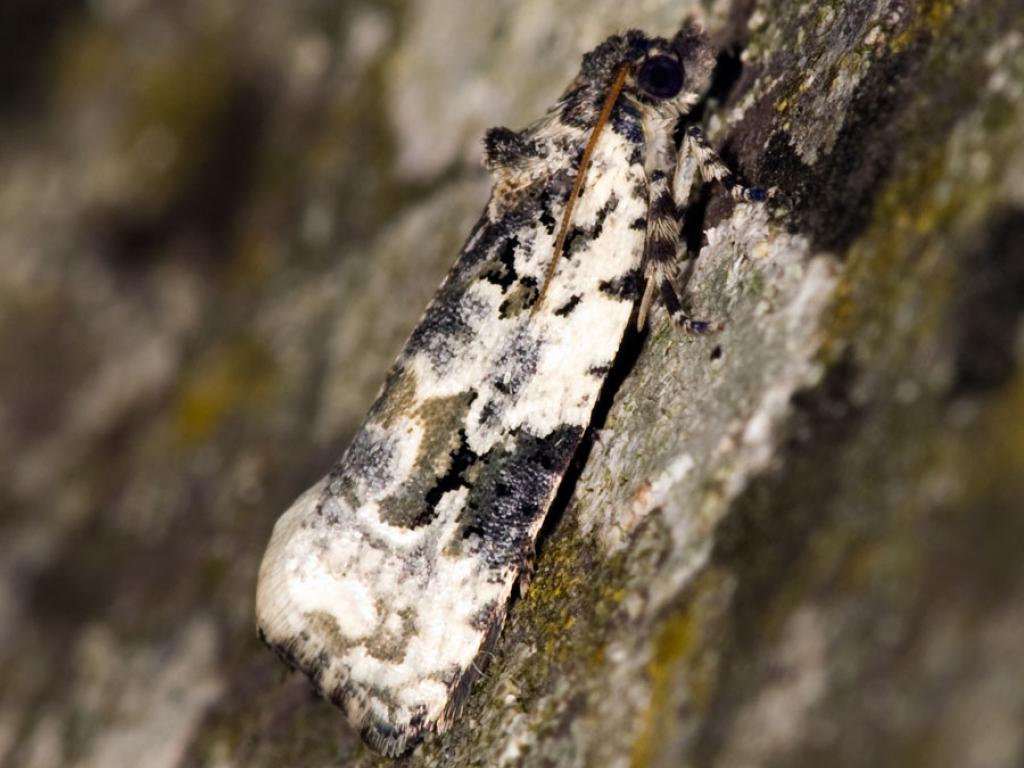
Mistletoe Marble - oldbilluk
Mistletoe Marble
oldbilluk
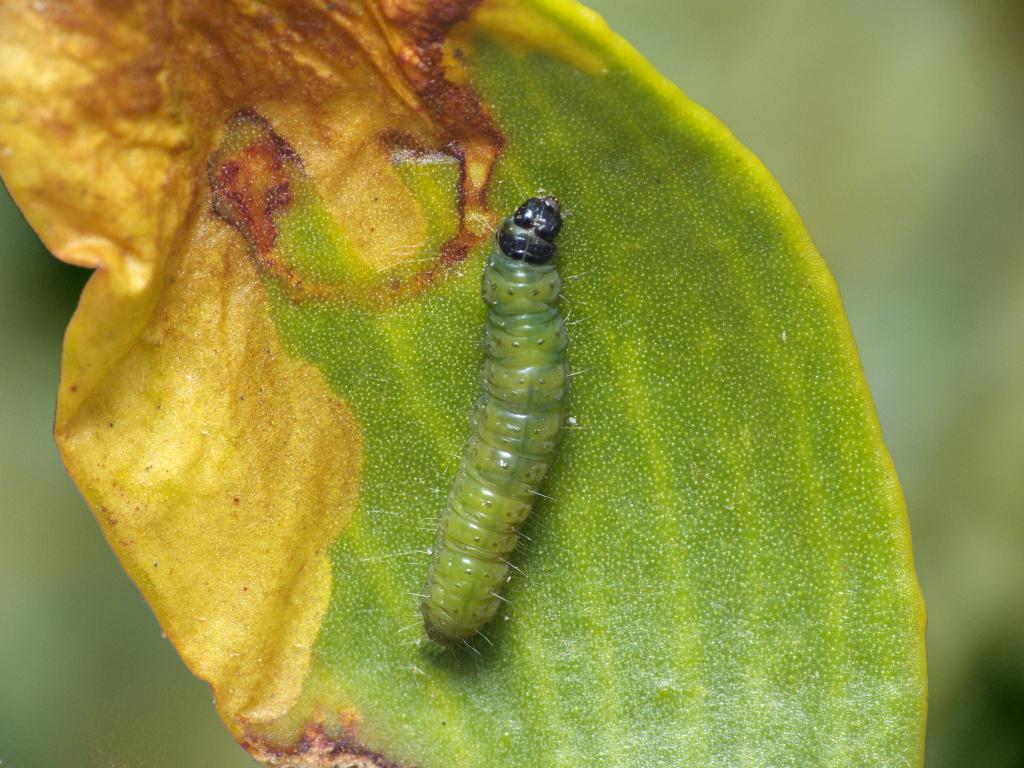
Mistletoe Marble (caterpillar) - Patrick Clement
Mistletoe Marble (caterpillar)
Patrick Clement
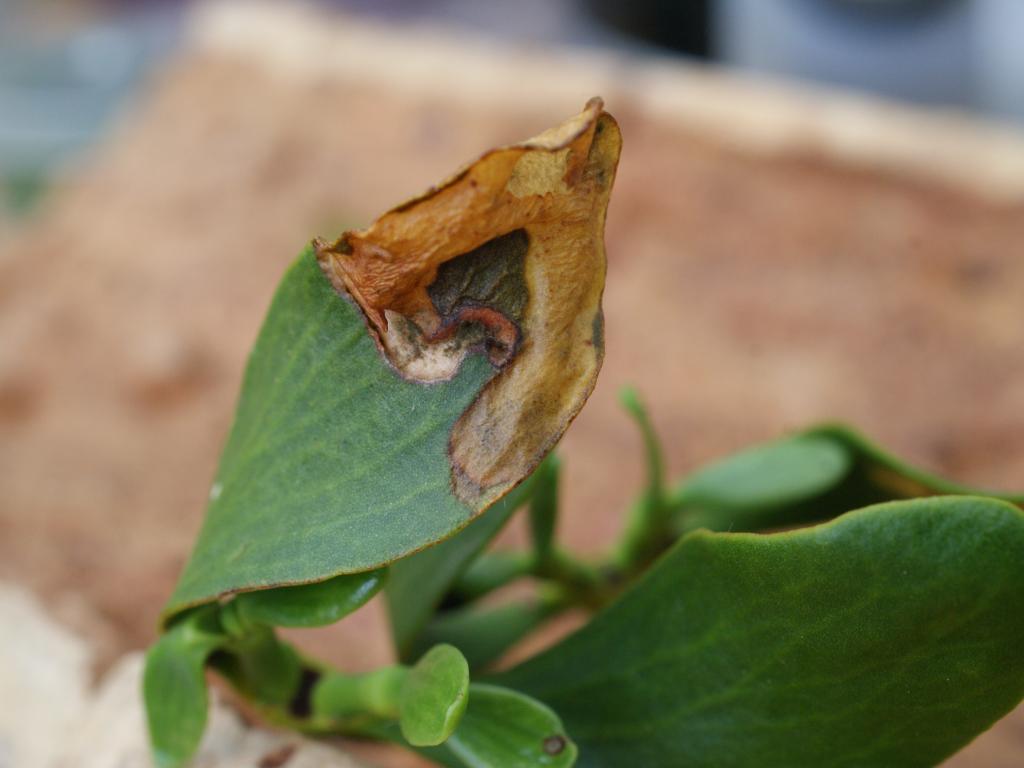
Mistletoe Marble (mine on Mistletoe) - Dave Shenton
Mistletoe Marble (mine on Mistletoe)
Dave Shenton
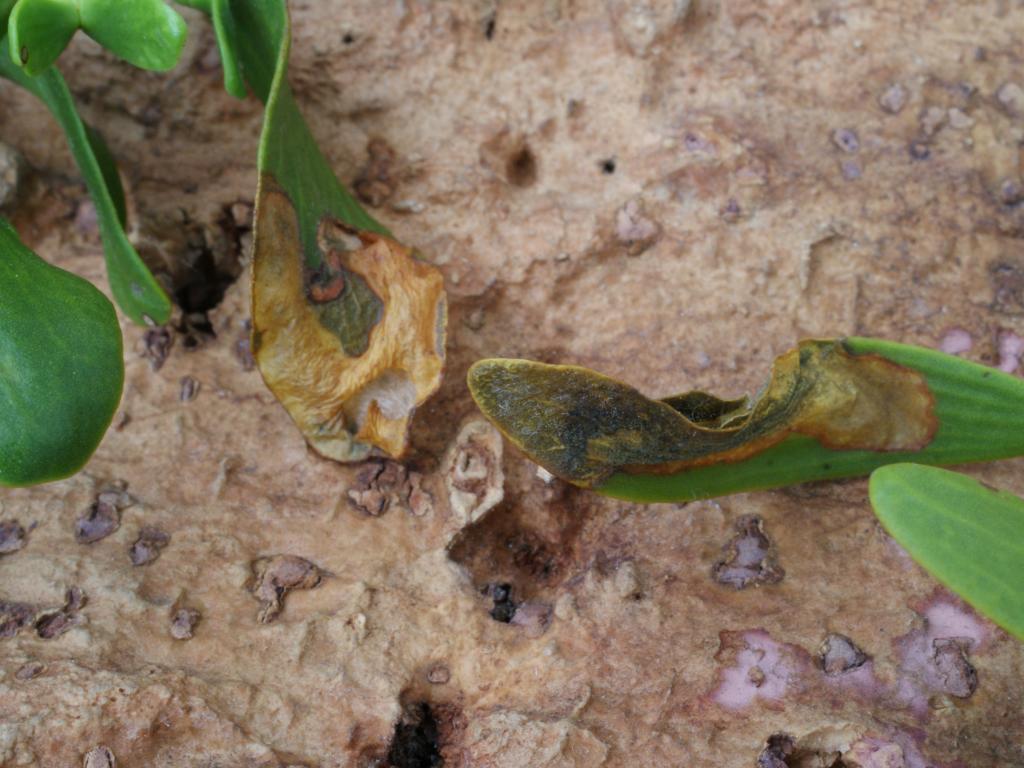
Mistletoe Marble (mine on Mistletoe) - Dave Shenton
Mistletoe Marble (mine on Mistletoe)
Dave Shenton
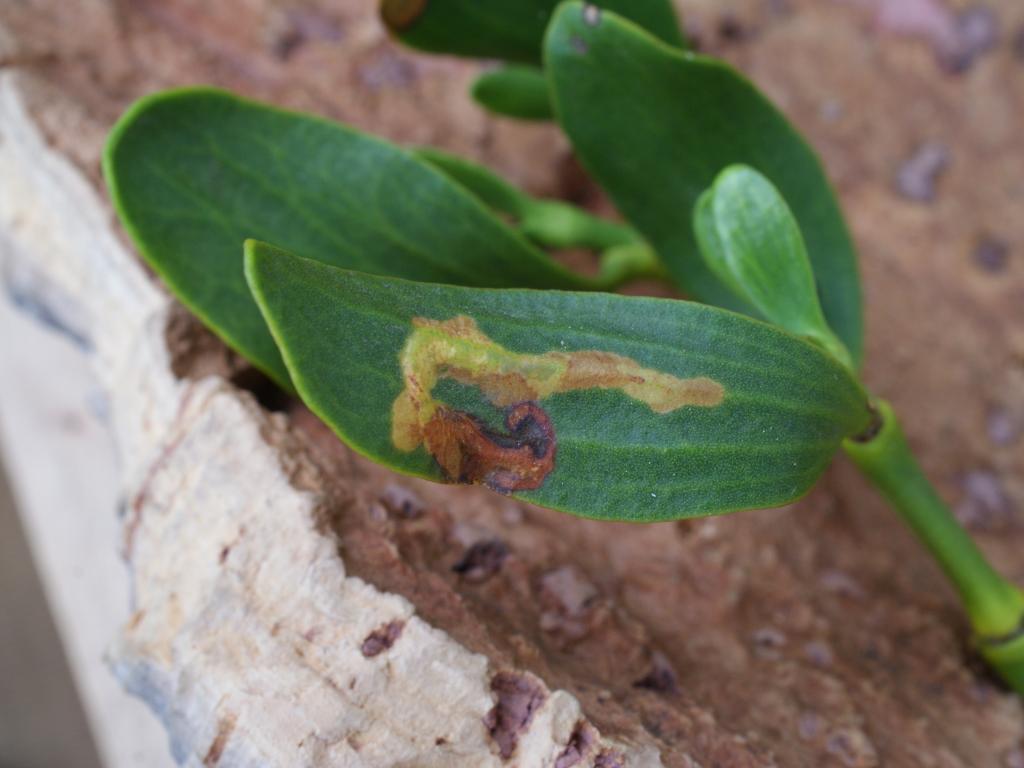
Mistletoe Marble (mine on Mistletoe) - Dave Shenton
Mistletoe Marble (mine on Mistletoe)
Dave Shenton
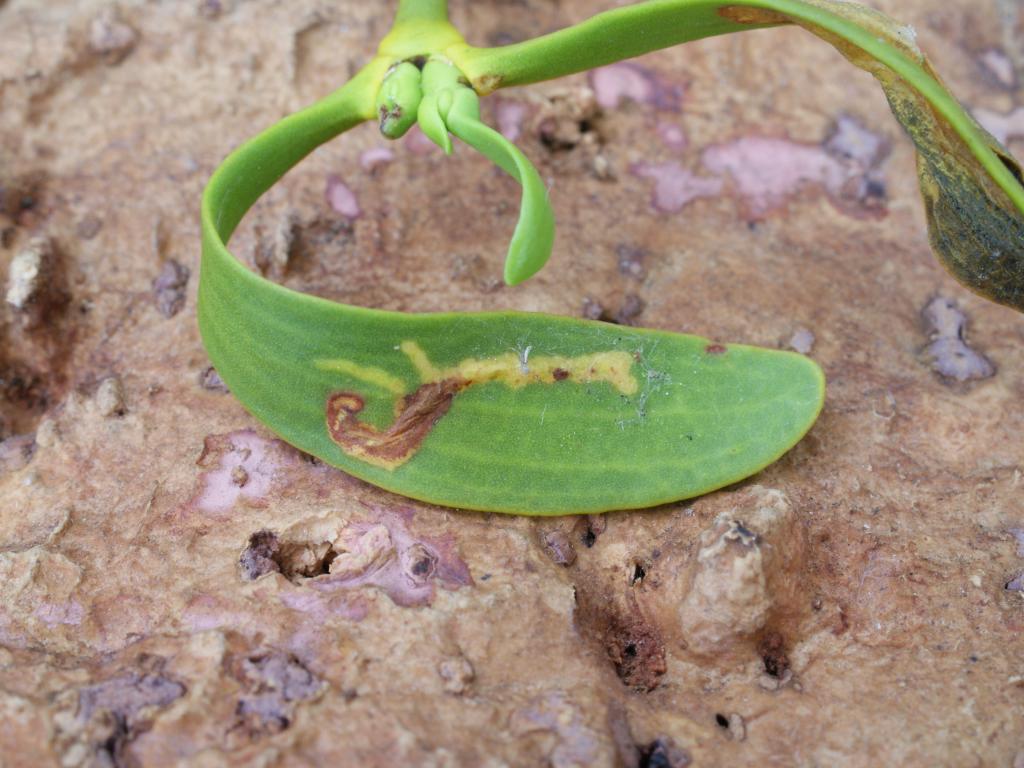
Mistletoe Marble (mine on Mistletoe) - Dave Shenton
Mistletoe Marble (mine on Mistletoe)
Dave Shenton
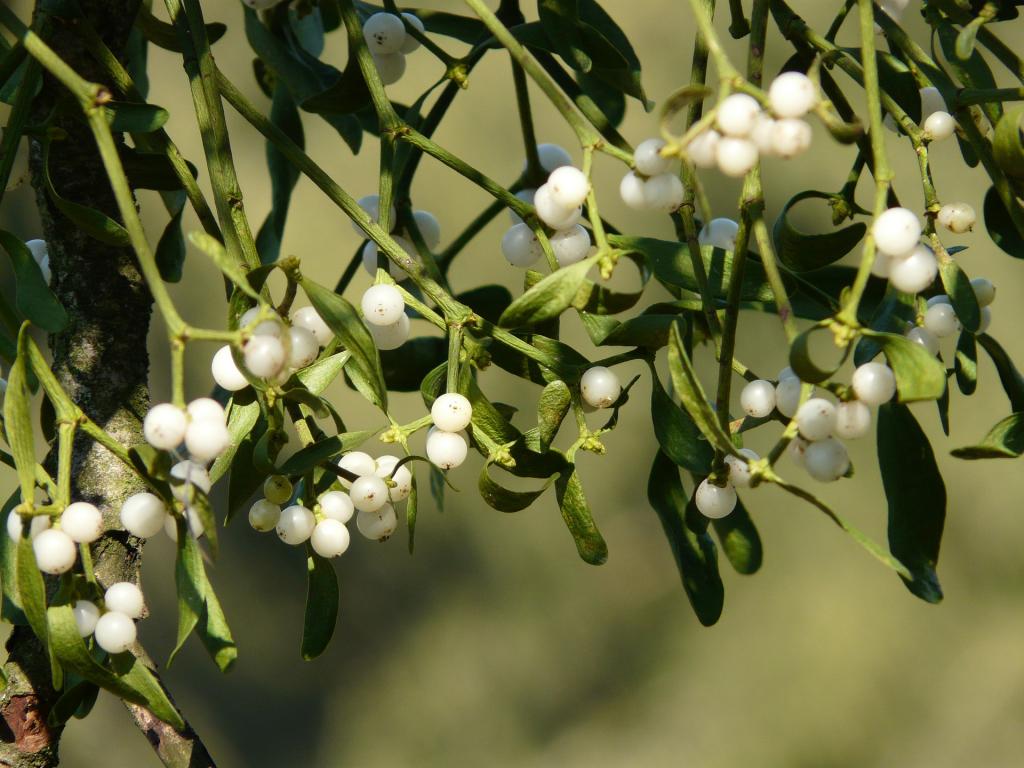
Mistletoe
Mistletoe
Mistletoe
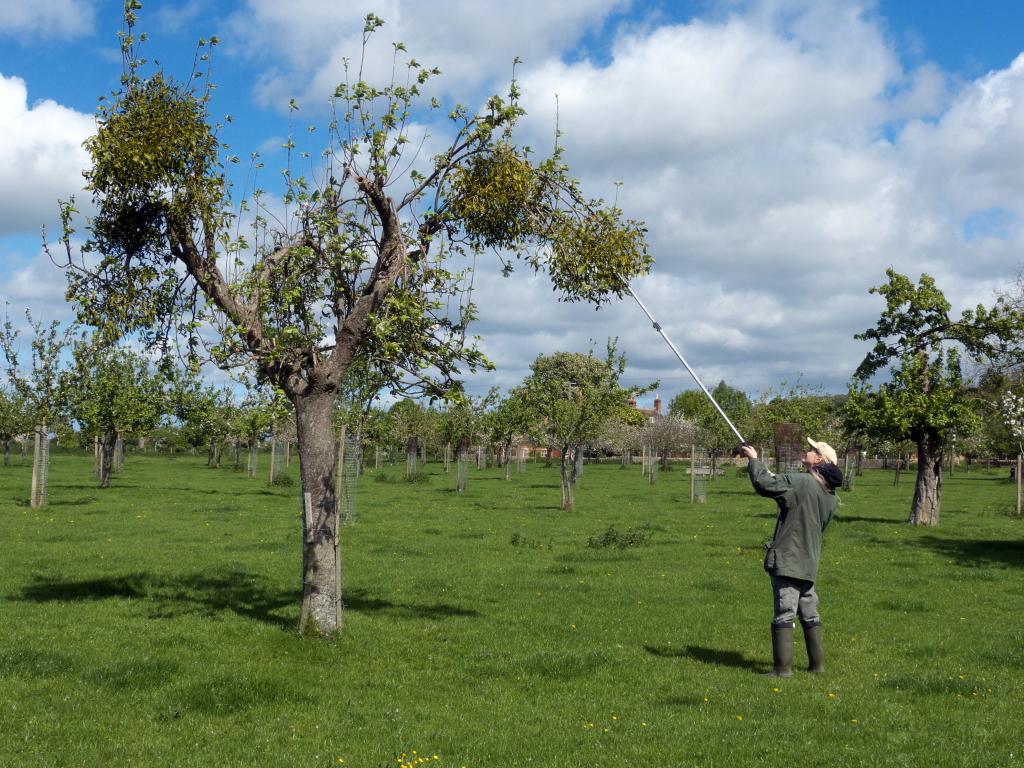
Mistletoe Marble (monitoring) - Patrick Clement
Mistletoe Marble (monitoring)
Patrick Clement

